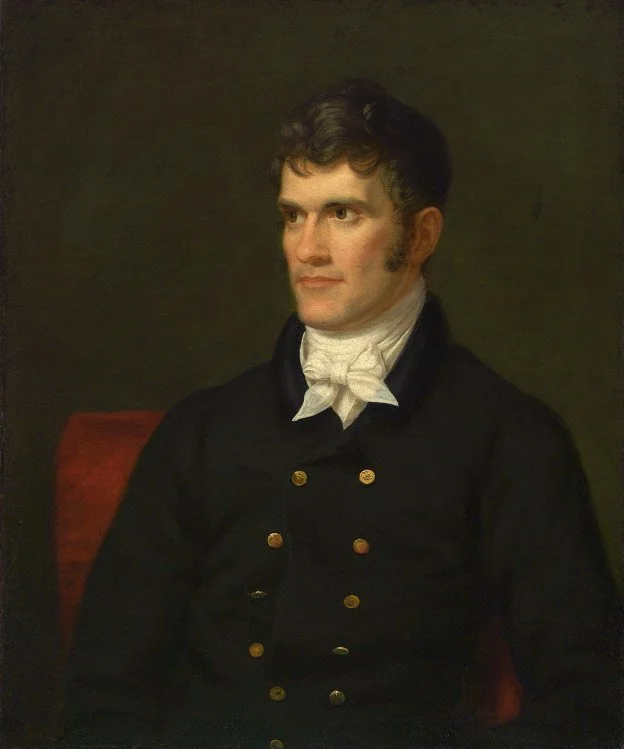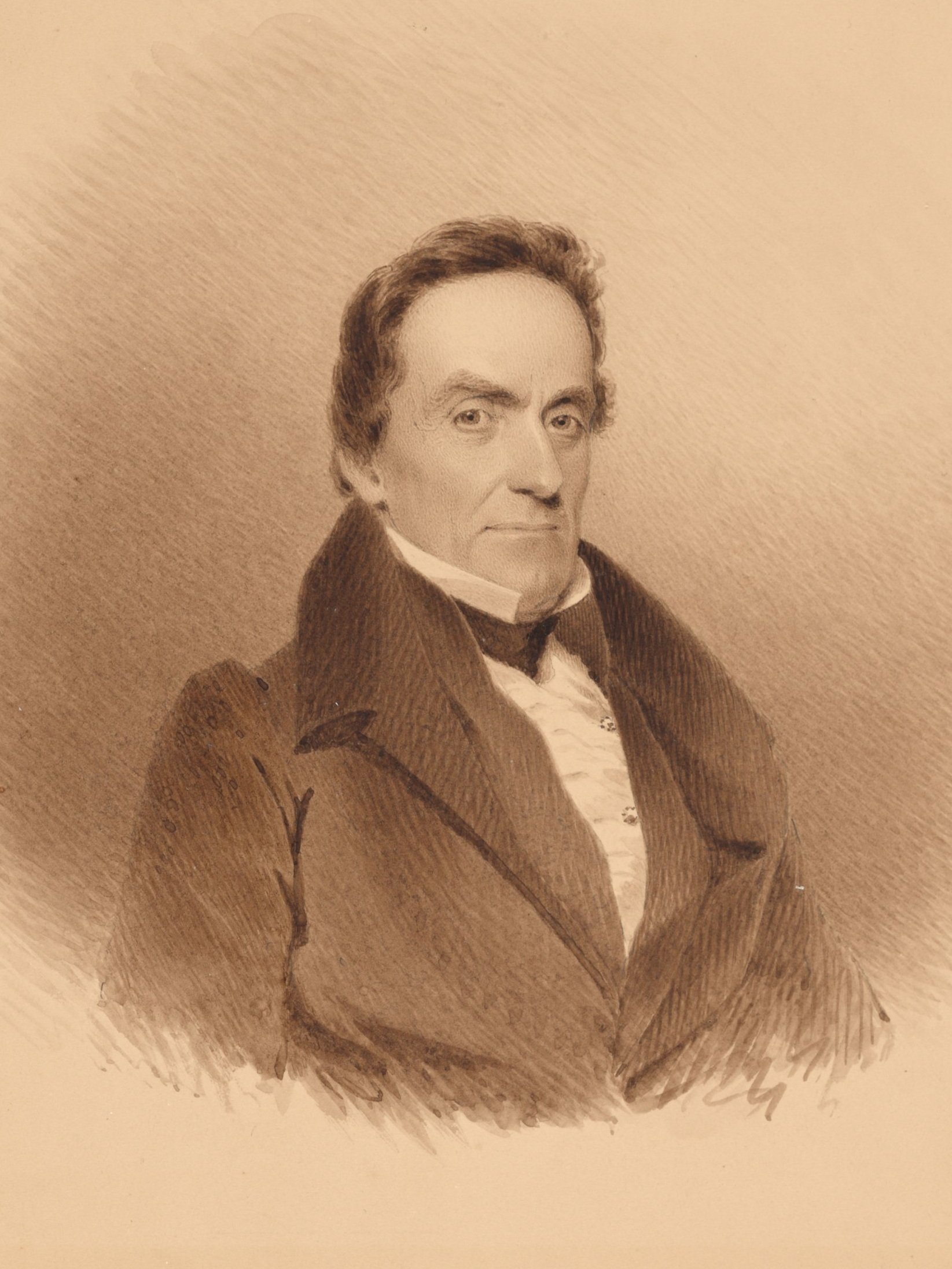Dominican Sisters of Grand Rapids
Land-history research for 2025 Fulton St. E., Grand Rapids MI
Parcel 41-14-28-201-015
Parcel 41-14-28-253-002
“A Map of the British Empire in America with the French and Spanish Settlements adjacent thereto,” by Henry Popple (1746)
“Taking possession of Louisiana and the River Mississippi, in the name of Louis XIVth, by Cavalier De La Salle” by Jean-Adolphe Bocquin (c. 1860)
European Contact
The Doctrine of Discovery at Grand Rapids
“Leaders of the Continental Congress. John Adams, Morris, Hamilton, Jefferson,” by Augustus Tholey (c. 1894)
Settler Colonialism
The Treaty Period
Good Faith.
“The utmost good faith shall always be observed towards the Indians; their lands and property shall never be taken from them without their consent; and in their property, rights and liberty, they never shall be invaded or disturbed, unless in just and lawful wars authorised by Congress; but laws found in justice and humanity shall from time to time be made, for preventing wrongs being done to them, and for preserving peace and friendship with them.”
“An ordinance for the government of the territory of the United States, North-west of the river Ohio,” passed by the Continental Congress (July 13, 1787)
“Pontiac in Council of 1763,” by Alfred Bobbett (1877)
Death.
“It is important, my brothers, that we should exterminate from our land this nation, whose only object is our death.”
Pontiac to assembled tribes (April 27, 1763)
“Signing of the Treaty of Green Ville,” by Howard Chandler Christy (1945)
Protect.
“If any citizen of the United States, or any other white person or persons shall presume to settle upon the lands now relinquished by the United States, such citizen or other person shall be out of the protection of the United States; and the Indian tribe, on whose land the settlement shall be made, may drive off the settler, or punish him in such manner as they shall think fit; and . . . the United States shall be at liberty to break them up and remove and punish the settlers as they shall thing proper, and so effect that protection of the Indian lands[.]”
Portrait of John C. Calhoun by Charles Bird King (1822)
Extingiush.
“It is the wish of the President that the whole of the Indian titles within the Peninsula of Michigan should be extinguished, in order to strengthen our population and resources in that heretofore feeble portion of our country. Any suitable arrangement by which the tribes now inhabit it can be induced to change their residence to the west of Lake Michigan, or even to the west of the Mississippi, will meet with his approbation.”
Instructions of Sec’y of War Calhoun to treaty negotiators Sibley and Cass (June 1, 1820)
“Me-te-a, A Pottawatomi Chief,” by Samuel Seymour (1838)
Enough.
“We are fearful we shall offend [our ancestors’] spirits if we sell our lands; and we are fearful we shall offend you, if we do not sell them. . . . Our country was given to us by the Great Spirit, who gave it to us to hunt upon, to make our cornfields upon, to live upon, and to make down our beds upon when we die. And he would never forgive us, should we bargain it away. When you first spoke to us for lands at St. Mary’s, we said we had a little, and agreed to sell you a piece of it; but we told you we could spare no more. Now you ask us again. You are never satisfied! . . . If we had more land, you should get more; but our land has been wasting away ever since the white people became our neighbors, and we now have hardly enough left to cover the bones of our tribe.”
Pottawatomi leader Matea to assembled treaty council at treaty negotiations (Aug. 1821).
Sepia ink drawing of Lewis Cass by James Barton Longacre (c. 1833)
Remove.
“There can be no doubt, and such are the views of the elementary writers upon the subject, that the Creator intended the earth should be reclaimed from a state of nature and cultivated. . . . That they are entitled to such supplies as may be necessary for their subsistence, and as they can procure, no one can justly question. But this right cannot be exclusive, unless the forests which shelter them are doomed to perpetual unproductiveness.”
“Removal of the Indians,” Lewis Cass, North American Review (Jan. 1830)
“Map of Treaty Cessions by Charles C. Royce, Bureau of American Ethnology (1899)
Primary Sources
& Markups

Current Law
Land Becomes Property
Primary Sources
& Markups
“Grand Rapids, Michigan 1868,” by A. Ruger, Chicago Lithographing Co. (1868)
“Grand River, Grand Rapids, Mich.,” by Detroit Publishing Co. (c. 1905)
Curated Resource List for the Grand Rapids Dominican Sisters
There’s more
Photograph of an annual meeting of the Northern Michigan Ottawa Association by unknown artist (c. 1969)
For Indigenous perspectives on U.S. history:
Read Ned Blackhawk, The Rediscovery of America: Native Peoples and the Unmaking of U.S. History (Yale University Press, 2023)
Read Anton Treuer, Everything You Wanted to Know about Indians But Were Afraid to Ask: Revised and Expanded (Minnesota Historical Society Press, 2023)
Read Roxanne Dunbar-Ortiz, An Indigenous Peoples' History of the United States (Beacon Press, 2015)
To learn more about contemporary Odawa governance and relationship with the United States from Odawa authors:
Read Matthew L.M. Fletcher, The Eagle Returns: The Legal History of the Grand Traverse Band of Ottawa and Chippewa Indians (Michigan State University Press 2012)
To learn the history of the United States’ removal of the Odawa (Ottawa) to land west of the Mississippi River:
Read John P. Bowes, Land Too Good for Indians: Northern Indian Removal (University of Oklahoma Press, 2016)
To learn more about Traders’ kinship and economic role in treatymaking:
Read Martin Case, The Relentless Business of Treaties: How Indigenous Land Became U.S. Property (Minnesota Historical Society Press, 2018)












